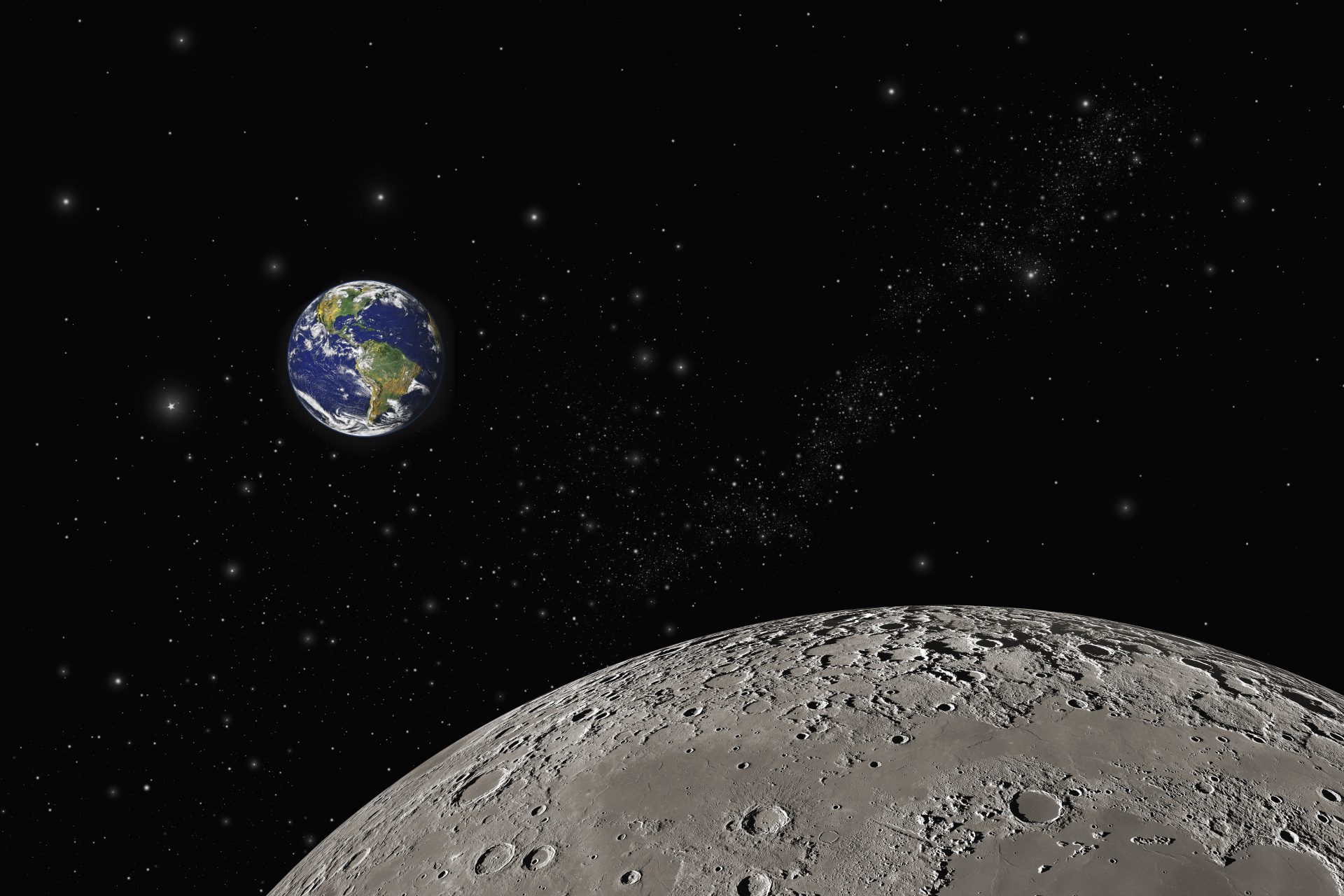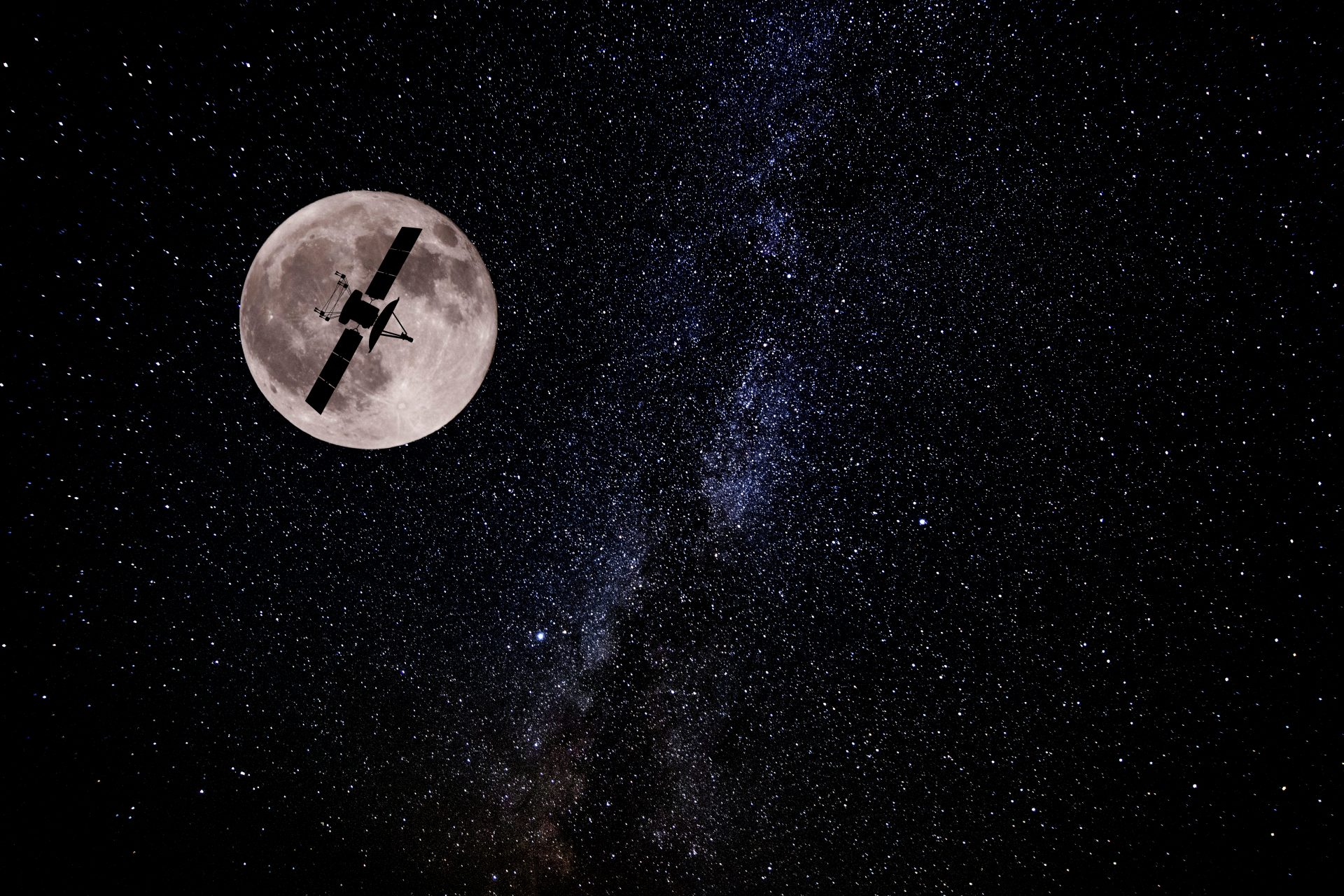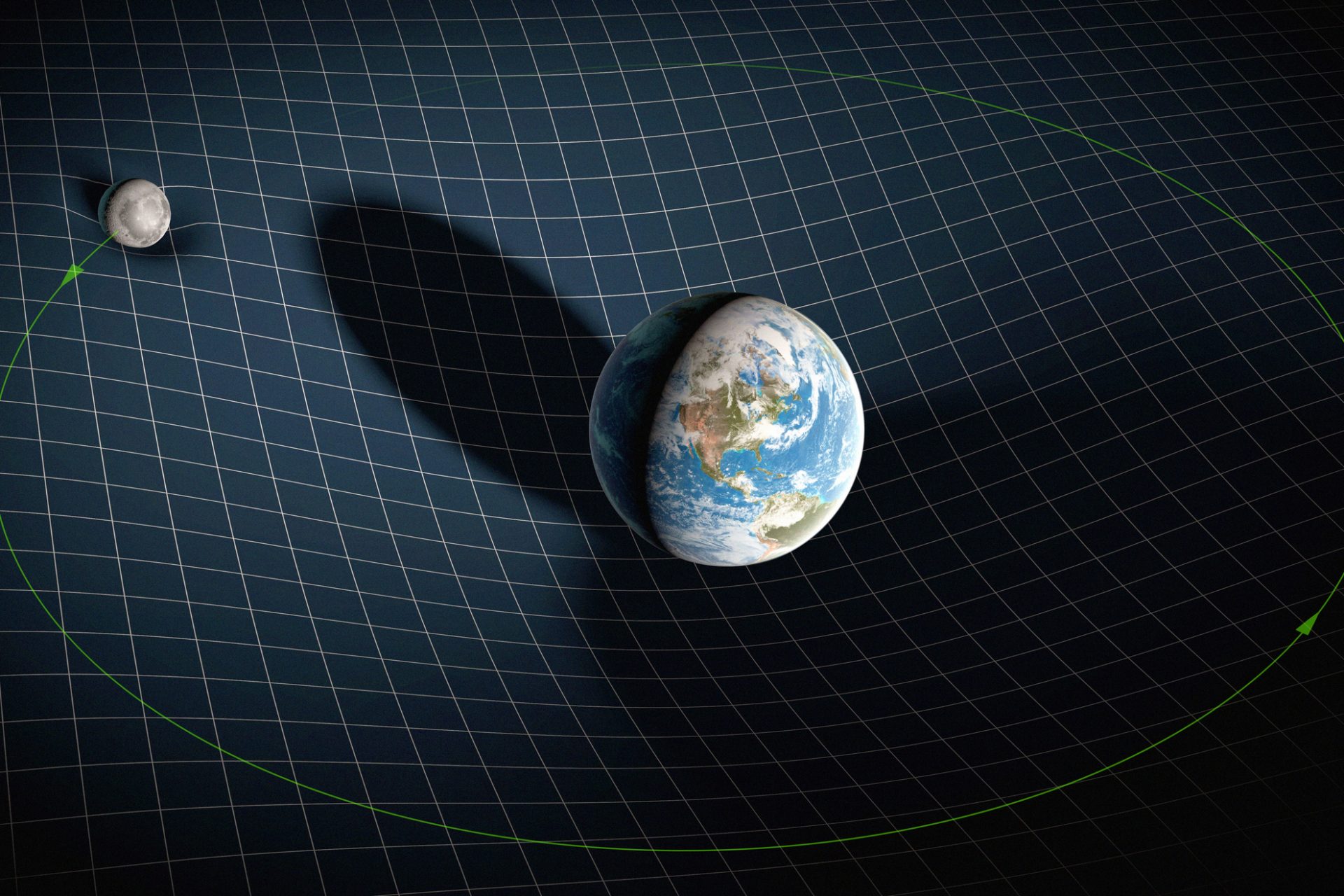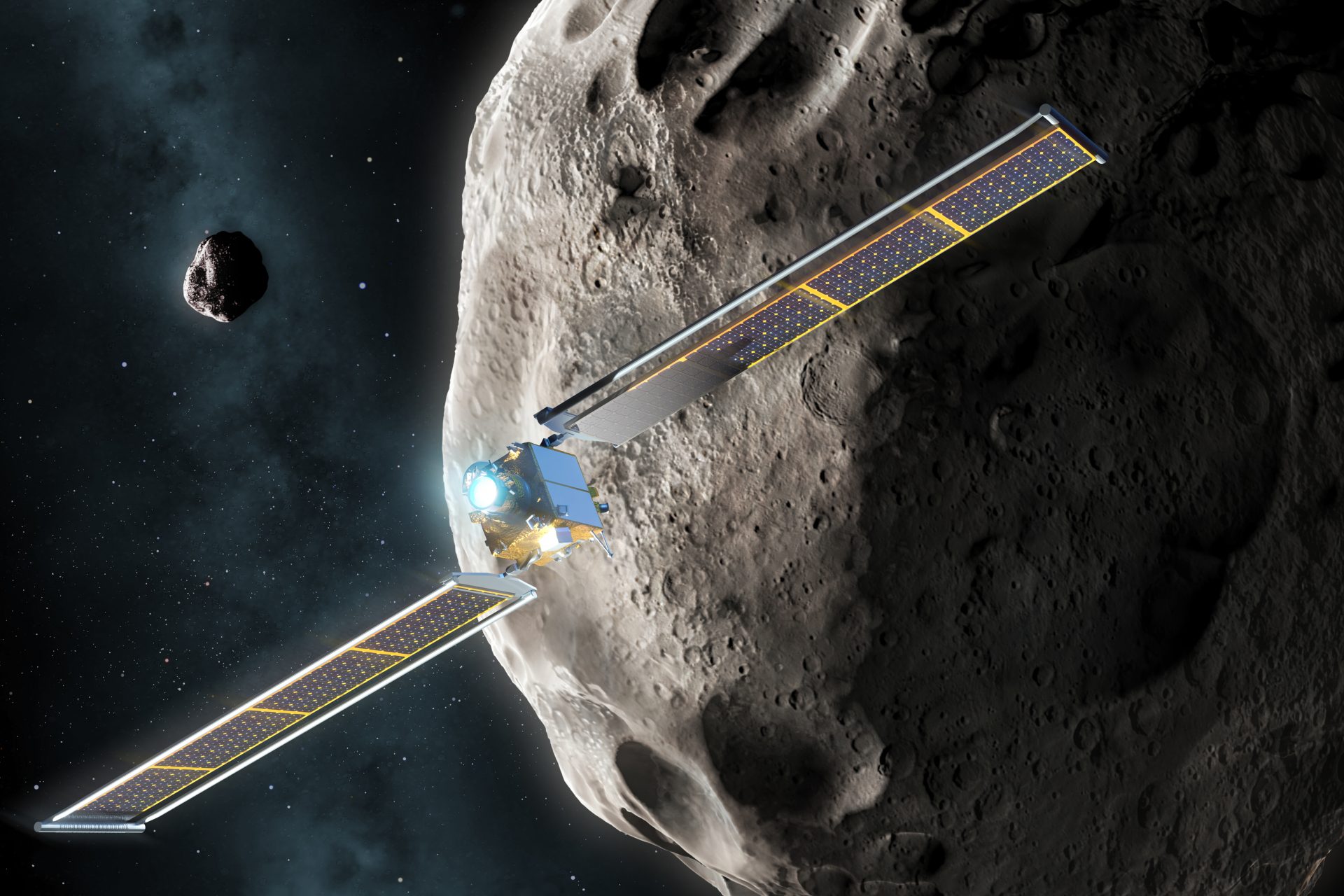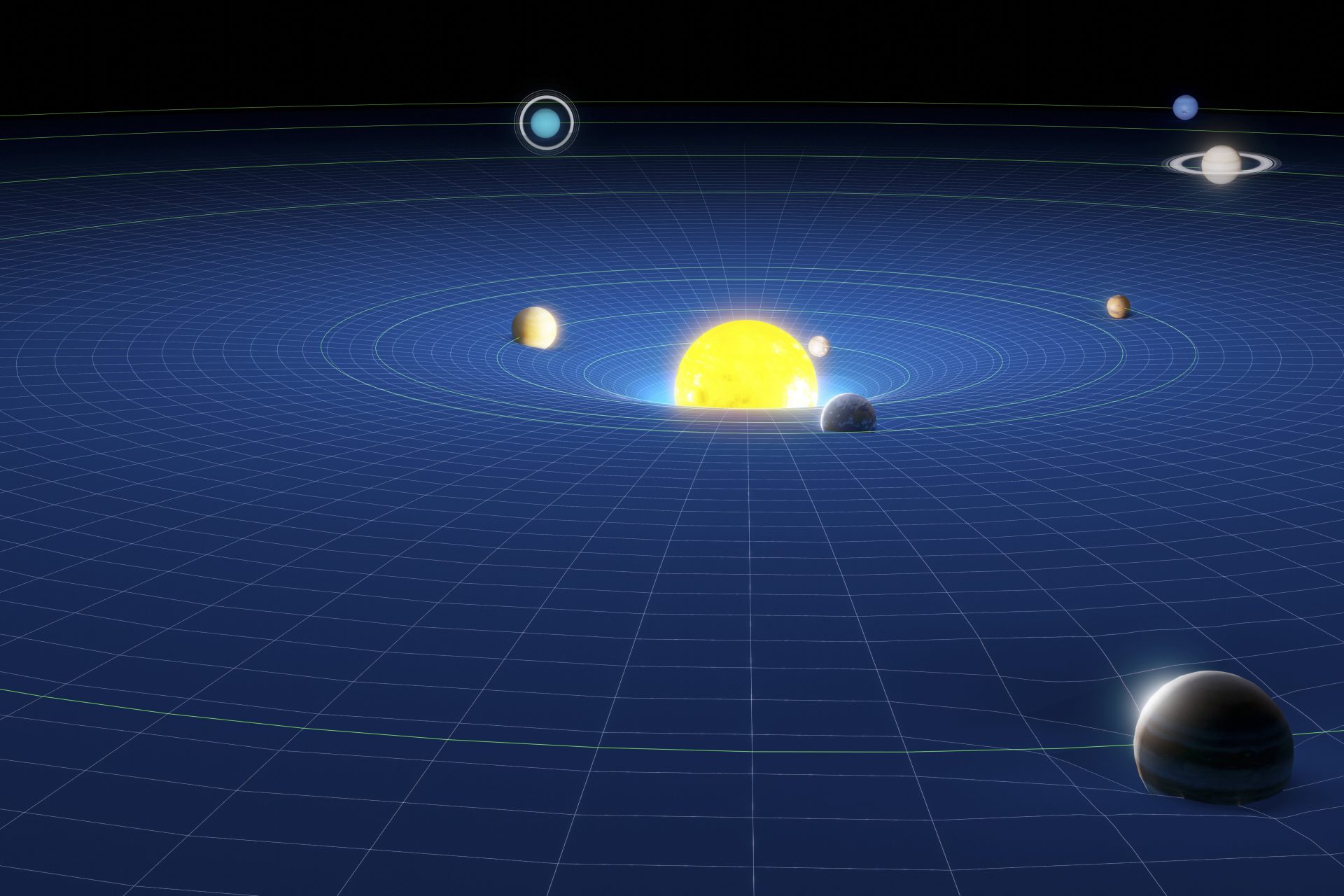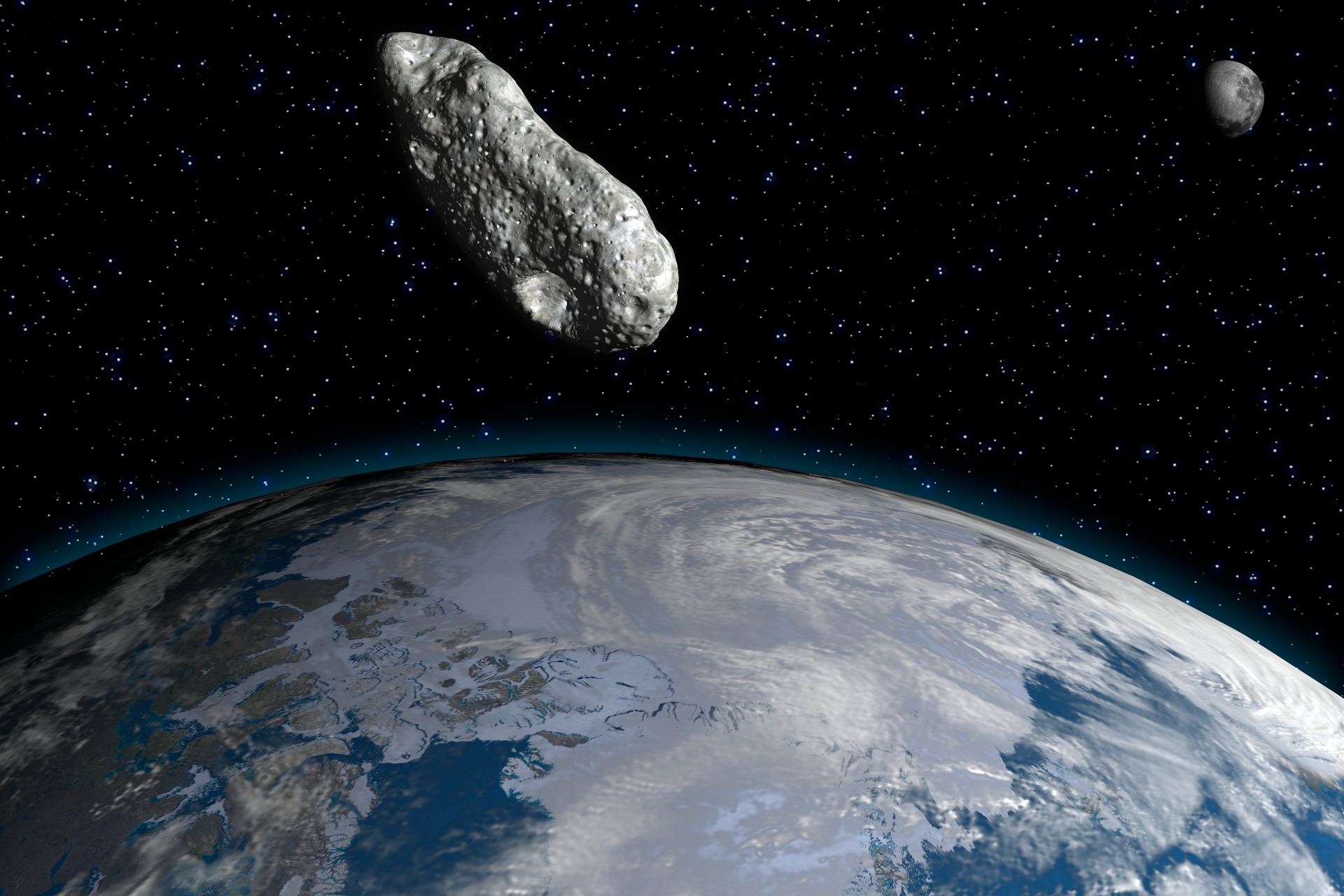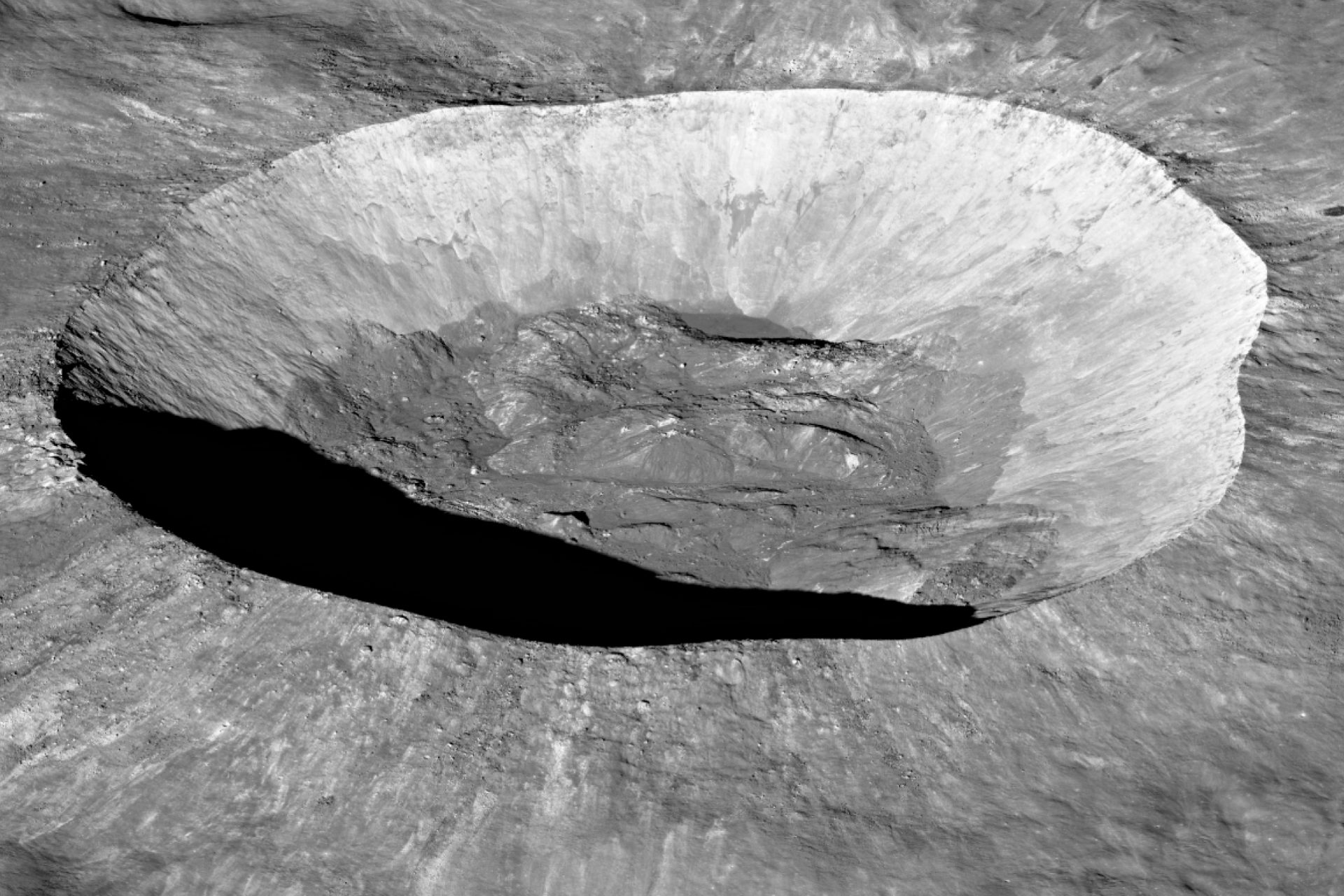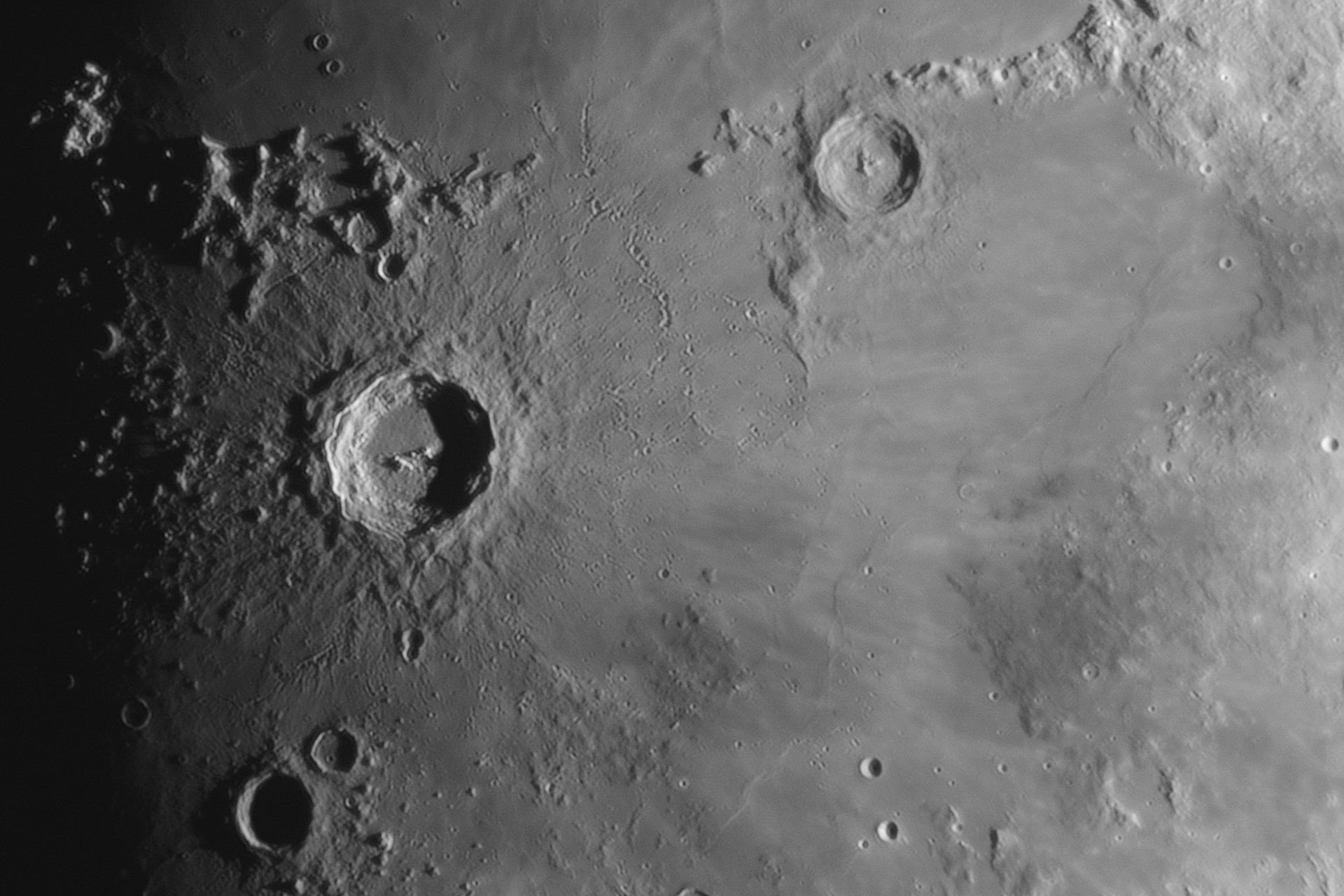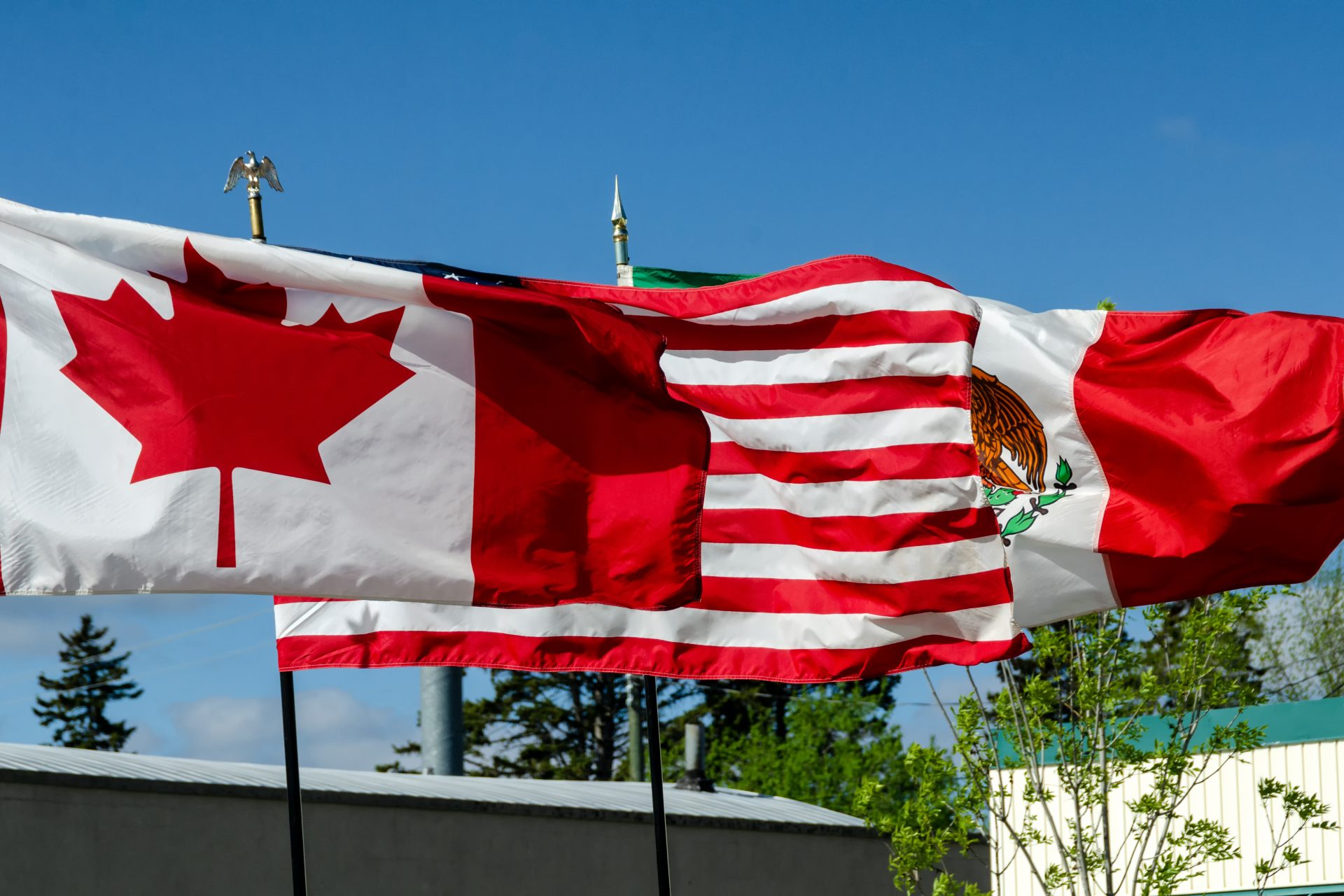Decoding the origins of Earth's second moon: a scientific breakthrough
Inquiring about the number of moons orbiting Earth might appear trivial at first glance, as conventionally we acknowledge just one. Yet, with a slight reframing of the query, the response could prove unexpectedly intriguing.
According to Scientific American, the answer depends on the framing of the question or the person's point of view, and the answer to how many moons the Earth has could be up to eleven.
To understand why, we must understand some concepts: quasi-moons and horseshoe orbits. Scientific American writer and astronomer Phil Plait explained them in an article.
Quasi-moons look like they are orbiting a planet when they are not. They are asteroids that orbit the sun. It simply stands closer to a planet than expected.
The asteroid's motion would be a horseshoe orbit, which is very similar and close to another one, with a slight difference amounting to only hours in orbital period (a year).
Therefore, Plait explains, from the perspective of someone watching the solar system from the outside, the asteroid orbits the sun. However, from the perspective of someone on the planet, the object appears to be orbiting it.
That happens with Kamo'oalewa, a Near-Earth Satellite with a similar orbit to our planet. According to Fobes, the space rock is about 330 feet across, equivalent to the size of the Statue of Liberty.
According to Scientific American, Kamo'oalewa, Hawaiian for 'oscillating celestial object,' is so close that its orbital period is only around 17 hours longer than Earth's.
Scientists have recently traced the origin of Kamo'oalewa back to the moon.
According to Forbes, the research team used a computer model and numerical simulations to discover how the moon ejected the asteroid.
They determined that Kamo'oalewa comes from the 14-mile-wide Giordano Bruno crater on the moon's far side (pictured). They published their results in Nature Astronomy.
According to Science, the team worked for several weeks, computing models in supercomputers to analyze every possible origin for the near-Earth asteroid, also known as Earth's second moon.
Forbes explained that the crater is relatively new, only approximately 1 to 10 million years old. Astronomers believe a mile-long asteroid caused it.
It is not the first time a research team has hypothesized about the relationship between Kamo'oalewa and the moon. In 2021, a team from the University of Arizona traced the same materials in both celestial rocks.
Experts told Forbes that it is rare for fragments of the moon to place themselves in orbits like Kamo'oalewa, but it is still possible.
The creation of Earth's 'second moon' has interesting parallelisms with the origin of the planet's real moon, which researchers believe came from a fragment that separated after an asteroid hit it.
More for you
Top Stories



